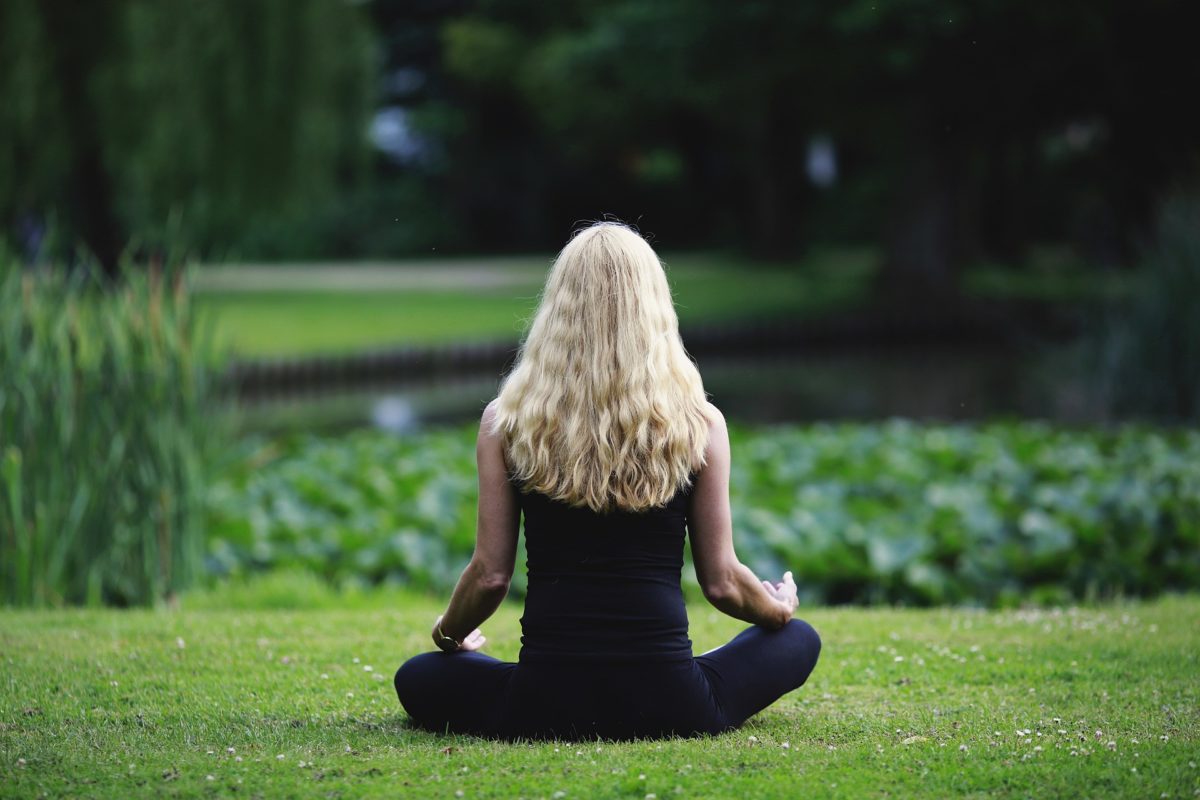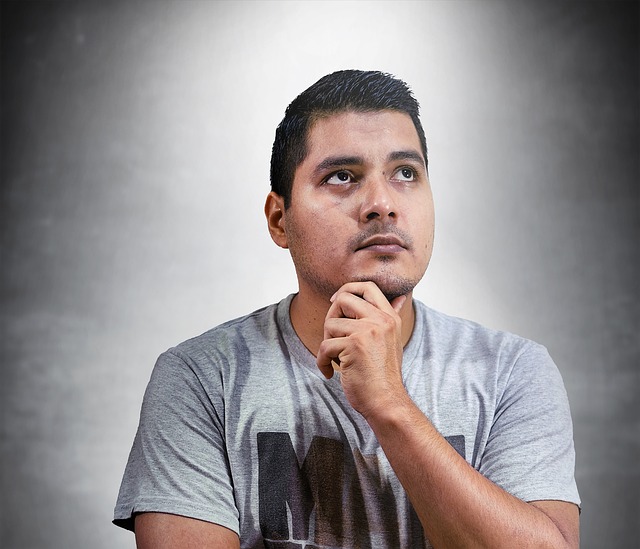Richard Taubinger, CEO of Conscious Marketer, recently presented a video on the concept of the Conscious Marketing Code. Richard is one of the 30+ world-class faculty engaged for the Inner MBA to be launched in September, 2020. The program has been developed by Tami Simon and her team at Sounds True in collaboration with a number of other organisations including LinkedIn and New York University. The 9-month program will be provided online on a global basis and incorporates monthly video/audio training, facilitated online learning pods, a virtual curriculum for at-home learning and modelling of “practice skills”, including mindfulness.
Richard emphasised the need to bring consciousness to marketing. So much of what goes on in marketing is “product push”, not customer focused. He suggests that you have to bring full awareness to what you are marketing, who you are marketing to, why you are marketing and how you are going about the marketing process.
Awareness of what you are marketing and who you are marketing to
Richard maintains that the real breakthroughs in marketing occur when you are able to position yourself on an existing demand wave. He gave the example of Elon Musk who realised there was pent-up demand for an electric truck – truck sales were rising; electric car sales were increasing exponentially; but no one had put these two elements of the demand wave together. Musk made a presentation of his concept of an electric truck for two hours at an international conference and within 24 hours had received 250,000 pre-orders.
Richard pointed out that Toyota, on the other hand, had developed the requisite technology in their Prius hybrid car and were a top seller of trucks but failed to see, or respond to, the incredible growth in the demand for an electric truck. At this stage of the discussion, we could ask, “What is your “electric truck”? – “What pent-up demand, that you could service, are you overlooking?”
It requires a lot of thinking time, collaborative endeavour (two brains are better than one) and persistence to identify a demand wave that you can tap into. Laurence Boldt in his book, Zen and the Art of Making a Living, draws on Plato’s saying to emphasise the importance of the beginning of an endeavour, “The beginning is the most important part of the work”.
Richard points out that you should not be discouraged by the fact that a lot of other people are providing products and services to meet the needs reflected in a demand wave. He argues that this only confirms that there is real demand there. Richard encourages you to “find your place in the wave”, or the next wave following the first. He maintains that “demand waves come in sets” and it is possible to position yourself in front of the wave based on your unique set of experience, knowledge, skills and level of consciousness.
Richard points to two other examples of people positioning themselves and riding a demand wave. Tami Simon with her collaboratively developed Inner MBA, has positioned this program to meet the global wave of mindfulness and increased consciousness in business. The program addresses the gap in development of the “inner landscape” left unaddressed by traditional MBA’s.
Thomas Hübl, author of Healing Collective Trauma, realised that many people were addressing individual trauma, but the other side of this demand wave was the existence of collective trauma (which has now been compounded by the global pandemic). He developed a Collective Trauma Online Summit with the help of Richard’s team and attracted 52,000 people in 176 countries. Like Tami, he was able to find his own place in a wave and ride the wave to success. Awareness of what you are marketing is not unlike developing the skills of surfing – being able to read a wave, position yourself to catch its peak and successfully maintain your balance as you enjoy the ride.
Awareness of why you are marketing
Richard suggests that to tap into your “why” of marketing (and overcome internal resistance or fear), you can envisage yourself as a doctor or healer. Effective marketing is offering solution-based products and services to address a real need or hurt currently experienced by potential customers. He argues that if you have a “cure” or a solution to people’s pain, suffering or significant need, you have a moral obligation to make it available to them.
It takes a lot of sensitivity and strength to face up to the marketing challenges inherent in your life purpose if you are going to make a real difference in the world, drawing on your unique combination of experience, knowledge, skills and insight. Sometimes, it requires a progressive re-framing of what you are offering and why, to achieve a real alignment between your marketing and your life purpose.
I can offer here a personal example of reframing to achieve a better alignment with purpose. My colleague and I have been jointly facilitating a longitudinal action learning program for managers, called Confident People Management (CPM), for over 12 years. When I first joined my colleague in conducting the program, it was offered as a series of discrete principles, processes and practices designed to help managers develop a team that was “businesslike and professional”. Over time, we were able to reframe the program as offering a way to create “a mentally healthy and productive workplace” and developed an integrated, cultural model to reflect this reframing. In more recent times, riding the wave of mindfulness, we have been able to offer the program as a form of “consciousness raising” for managers who are attempting to achieve committed engagement of their staff (and their boss).
Awareness of how you are marketing
There is an established saying that “the medium is the message”. Richard points out that what is important is to decide on a “primary medium and platform” and maintain your focus on these to achieve a consistent and continuous message about what you are offering. He points out, for example, that you cannot be effective trying to market meditation through visuals and written content that generate fear.
Awareness of how you are marketing involves understanding the need for alignment amongst your offering, your unique skill set and your medium/platform. For example, if you are person who enjoys writing and are good at it, you might choose to write your own blog and/or produce books, booklets or magazines. If you are good at interviewing or presenting, like Tami Simon, you might develop a series of podcasts like Tami’s Insights at the Edge podcast series. If you are good at creating visuals and are comfortable being on video, you might develop a video podcast series. The primary platform you choose should then be aligned to your purpose and medium (oral, written or visual) – e.g. you could choose a media platform such as LinkedIn, Facebook, Twitter or Zoom.
A key point that Richard makes is that you are very much a part of the message – and this takes both congruence (alignment of words and actions) and a preparedness to “stand in front of your brand”. This visibility on behalf of your brand is critical for success in conscious marketing. The way you achieve personal visibility has to be something that you are comfortable with – a medium/platform where you can share your purpose, values, “backstory” and fundamental marketing message. It could even take the form of introducing one of your consultants and explaining the background to their presentation at a breakfast seminar or personally making presentations at a conference.
Another aspect of personal visibility is supporting a cause that is close to you, consistent with your offerings and is a real focus of your energy and endeavours. McKinsey & Co., sharing their research and insights in a paper, Reimagining marketing in the next normal, maintain that one of the current trends is a growth in “social consciousness values” (accentuated by the global spread of the pandemic and the understanding that “we are all in this together”). They maintain that marketers must communicate a “strong sense of a brand’s purpose” and one way to do this is to promote a cause that the brand stands for and is seeking to make a difference in relation to that cause, e.g. mental health in the workplace. They stress that integrity is critical here – no posing but real action, projects and commitment, otherwise you undo all the conscious work and effort you have put into developing your marketing.
As a final point, I want to stress the need for persistence and discipline inherent in Richard’s message. He suggests that a conscious marketer develops content and publishes on a consistent basis. Consistent content creation and publishing reinforces your message about your products and services and keeps your offering in people’s sight (remember, “out of sight, out of mind”). He maintains that you need to also constantly (at least once a week) build your email list and/or subscriber list to expand your marketing reach.
Reflection
It is so easy to continue to do what we always did in marketing. Research and reflection enable us to keep abreast of the demand wave and anticipate the next wave. As we grow in mindfulness through meditation, reflection, mindfulness practices and active listening, we can increase our inner and outer awareness, achieve alignment with our life purpose, tap into our creativity and consciously develop our products/services and a congruent marketing strategy.
__________________________________________
Image by Kanenori from Pixabay
By Ron Passfield – Copyright (Creative Commons license, Attribution–Non Commercial–No Derivatives)
Disclosure: If you purchase a product through this site, I may earn a commission which will help to pay for the site, the associated Meetup group and the resources to support the blog.









